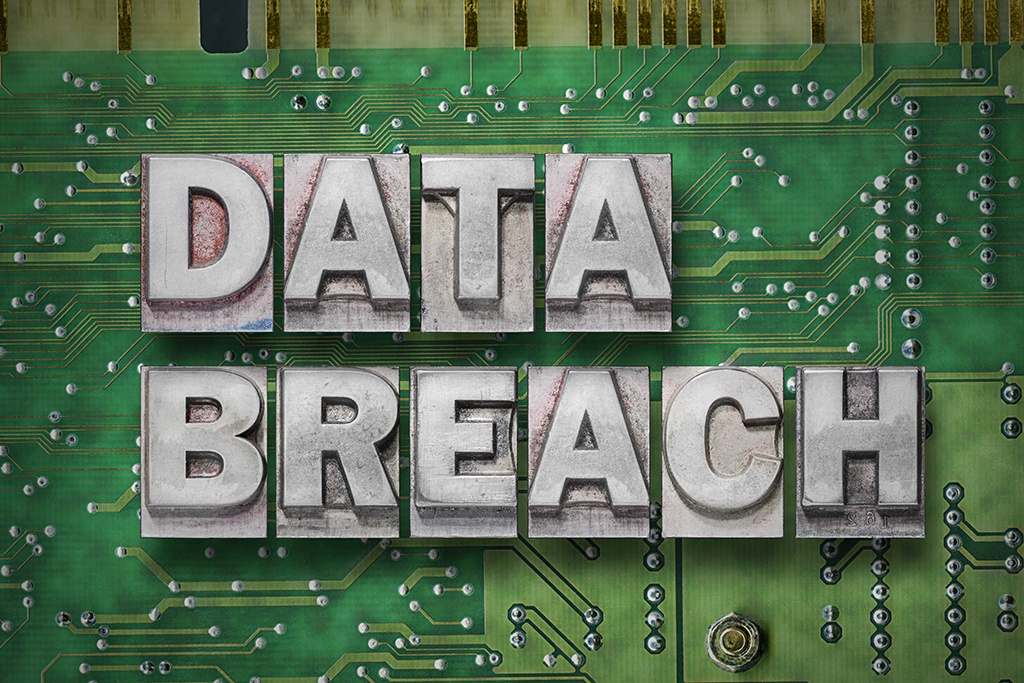Zero Trust Data Protection
Out with the Old
Conventional security models, those based on firewalls, IDS, and the like, operate on the outdated assumption that “everything on the inside of an organization’s network can be trusted”.
The contemporary threat landscape facing IT has shown that this is simply not true.
The increased attack sophistication has increased exponentially the danger posed to networks by the insider threat. Security models of old become not just ineffective, but a liability. Because these systems were designed to protect the perimeter, automatically greenlighting anything already inside, threats from within are left invisible, uninspected and free to traverse throughout the network unabated. But of all the vulnerabilities this created, the most severe was the danger of data exfiltration. Insider threats are able to freely extract sensitive and valuable business information to outside the network without the administrators knowledge.
New modes of business operations also contributed to the overall risk. Companies are no longer centralized as they once were. Today, corporate data centers are typically not comprised of contained systems but instead have some applications on-premises and some in the cloud, with a wide range of users, from employees to customers, accessing data from a range of devices and from multiple locations. This expanded web of data exchange only broadened the threat landscape and increased the opportunities for data loss.
In with the New
A new paradigm was needed to offset this very serious set of problems.
Enter the Zero Trust model.
Based on the principle of “never trust, always verify” Zero Trust dispensed with the assumption of internal safety. In a Zero Trust framework, neither users nor their devices can be trusted. It works with the belief that there are insiders looking for opportunities to exfiltrate data.
In addition to more layers of authentication for users and their devices, Zero Trust puts an emphasis on identifying abnormal activity within the network. This is to insure that even those already granted access to the system are not acting to compromise it. Thus an essential part of a Zero Trust program is the use of behavioral markers to pick up on user commands indicating a threat to data security.
The Next Stage
A next generation Smart DLP solution is the best solution for companies looking to shift from the old paradigm of cybersecurity to the more robust Zero Trust approach. Applying intelligent algorithms to data loss protection means that system administrators can keep a handle on the full range of activities that threaten company information. Additionally, the GTB AccuMatchTM technology achieves the near elimination of false positives ensuring that security does not come at the expense of operational efficiency.


